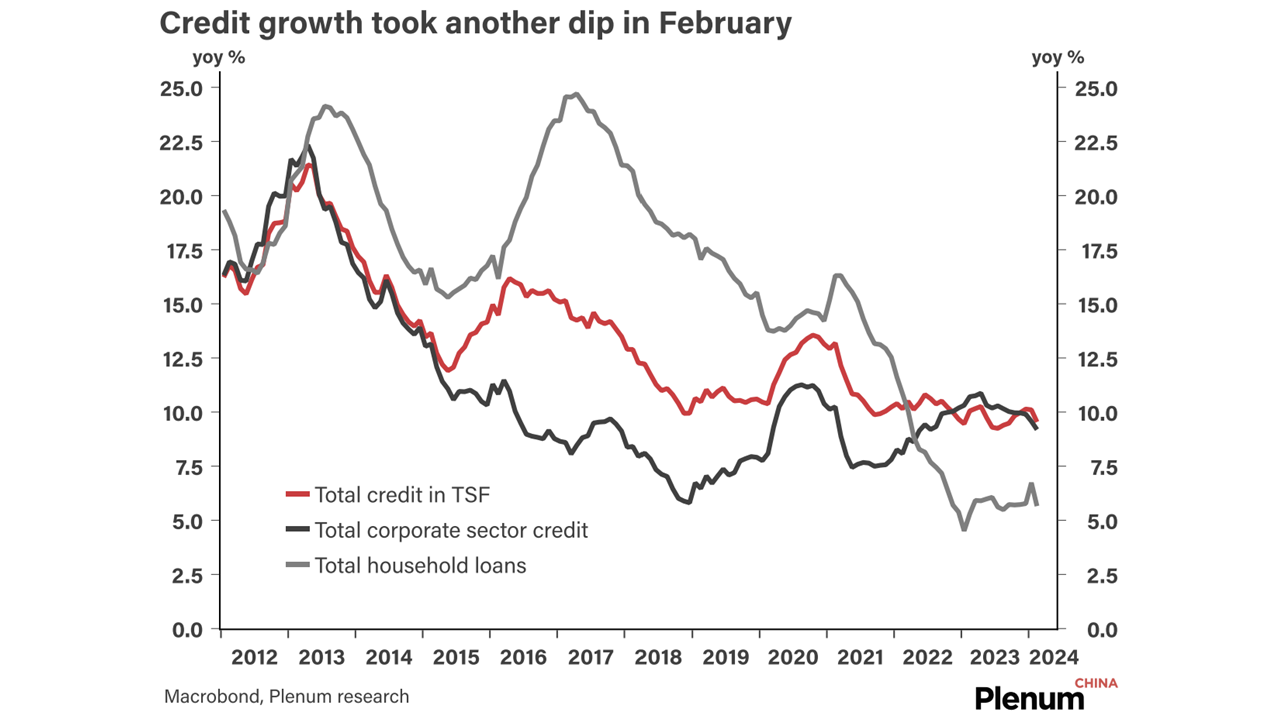
China’s industrial output delivered a surprise on the upside, largely due to strong export performance, but the housing market is still down.

China’s industrial output delivered a surprise on the upside, largely due to strong export performance, but the housing market is still down.
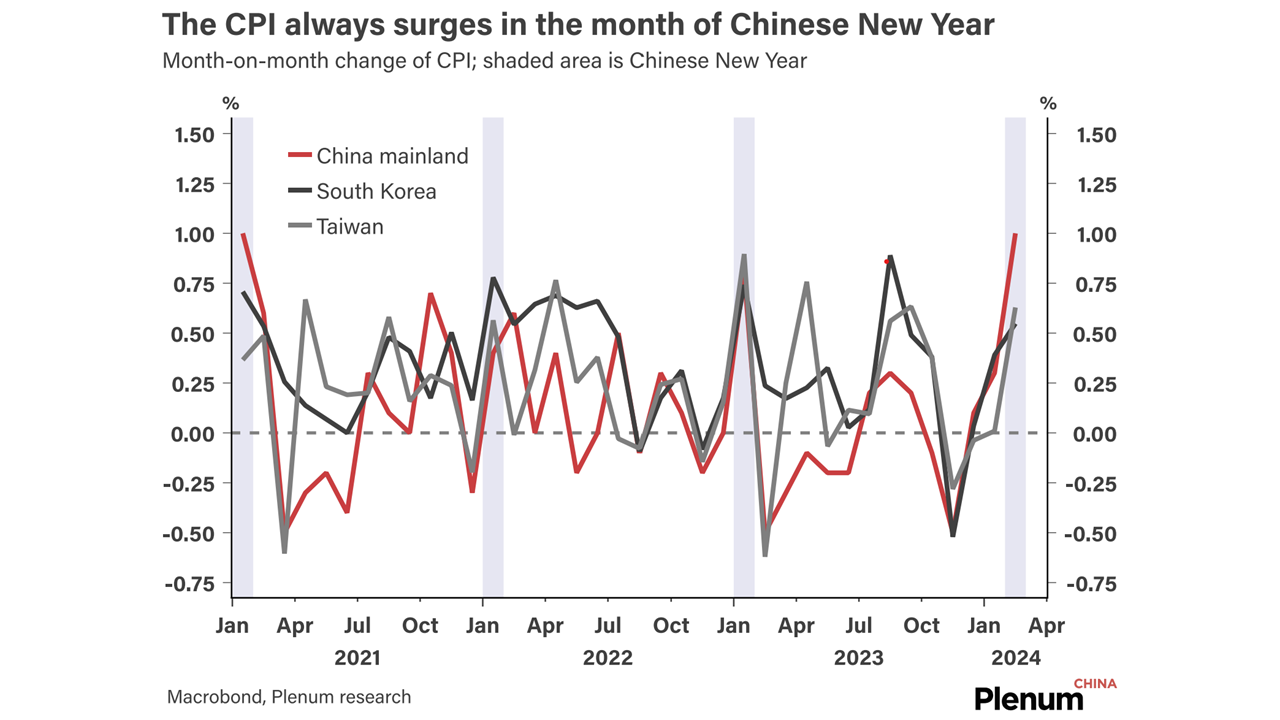
China’s CPI rebound is good news, but it was largely a result of the Chinese New Year effect; it is still too early to say that what we are seeing is reflation.
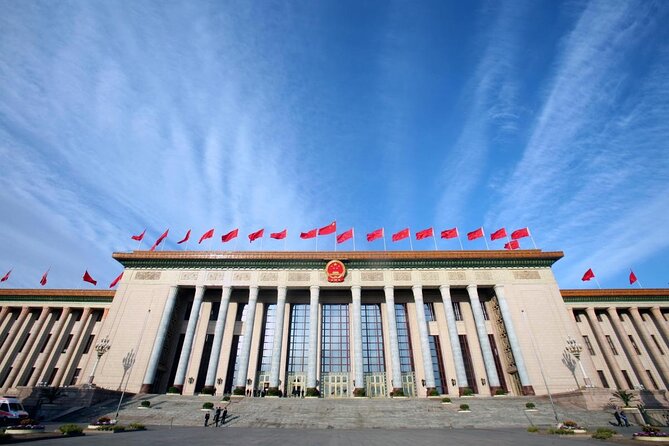
The GDP growth target and fiscal measures laid out in this year’s government work report were largely expected by the market.
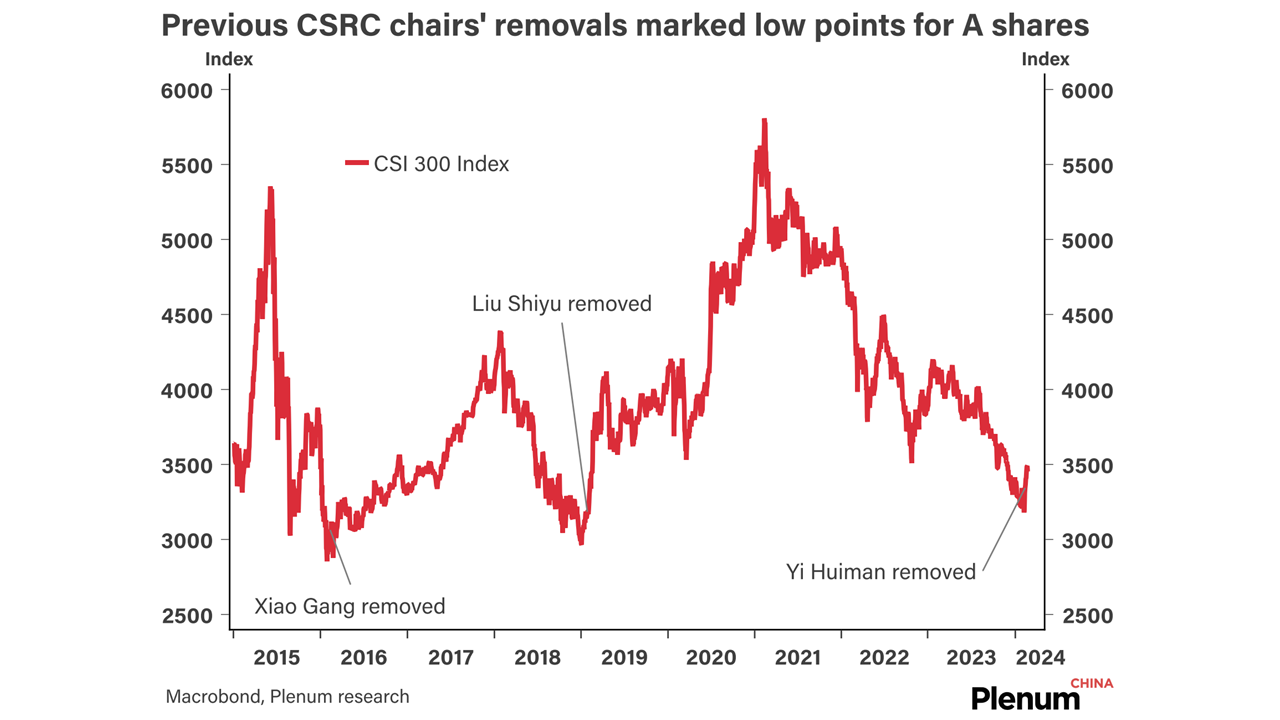
The A-share market has bounced back thanks to intervention from Beijing, but bond yields are still falling to new lows.
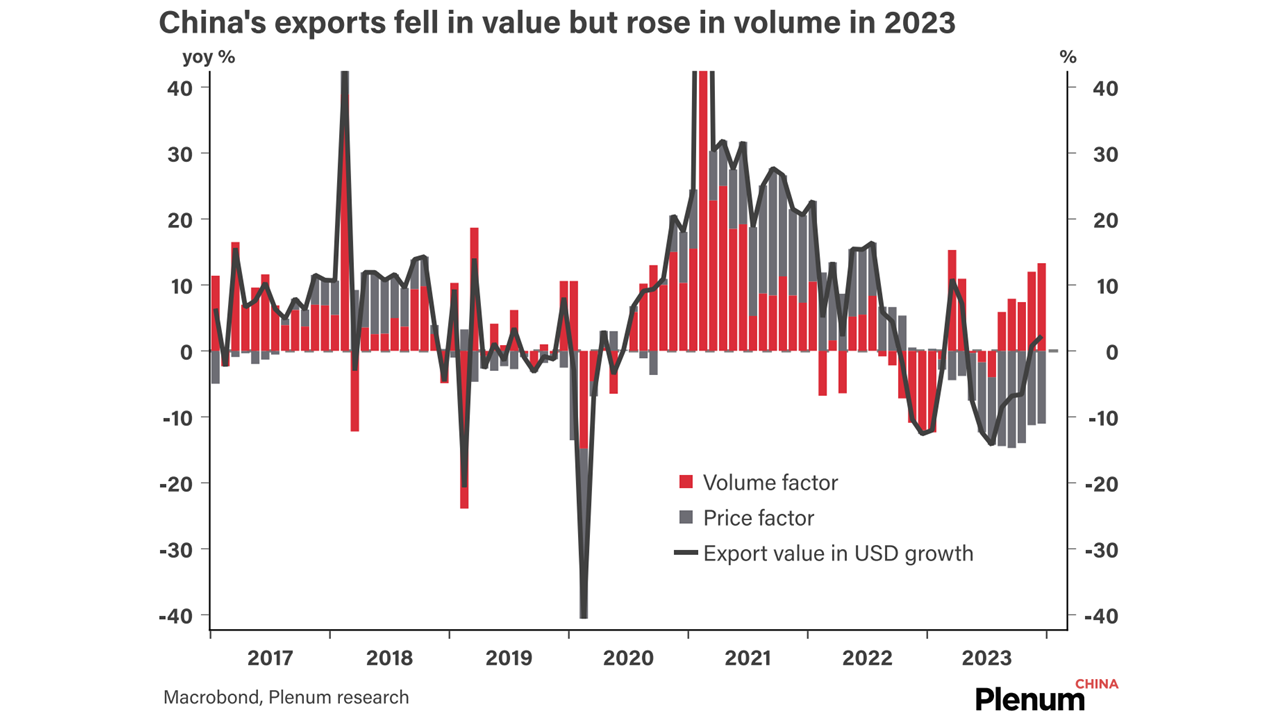
The prices of Chinese exports fell last year, causing export value to drop despite China selling more products.
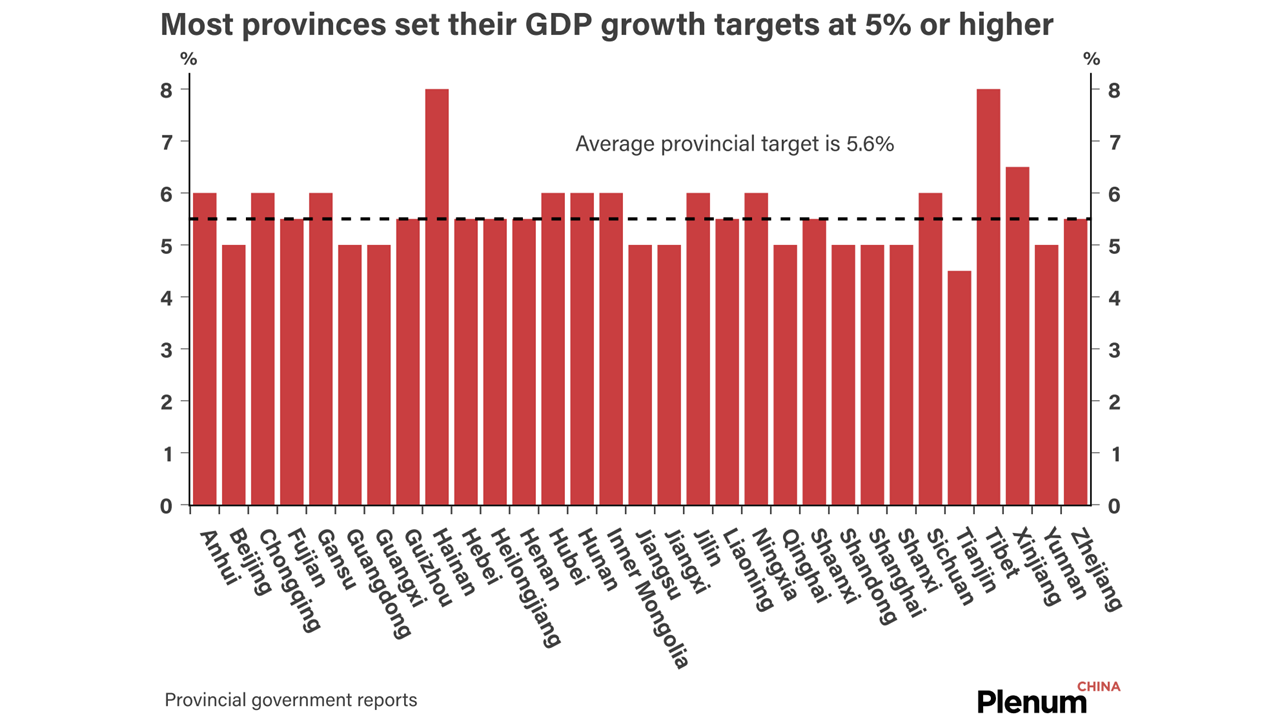
Most of China’s provinces have cut their GDP growth targets further this year, as many of last year’s targets proved too ambitious.
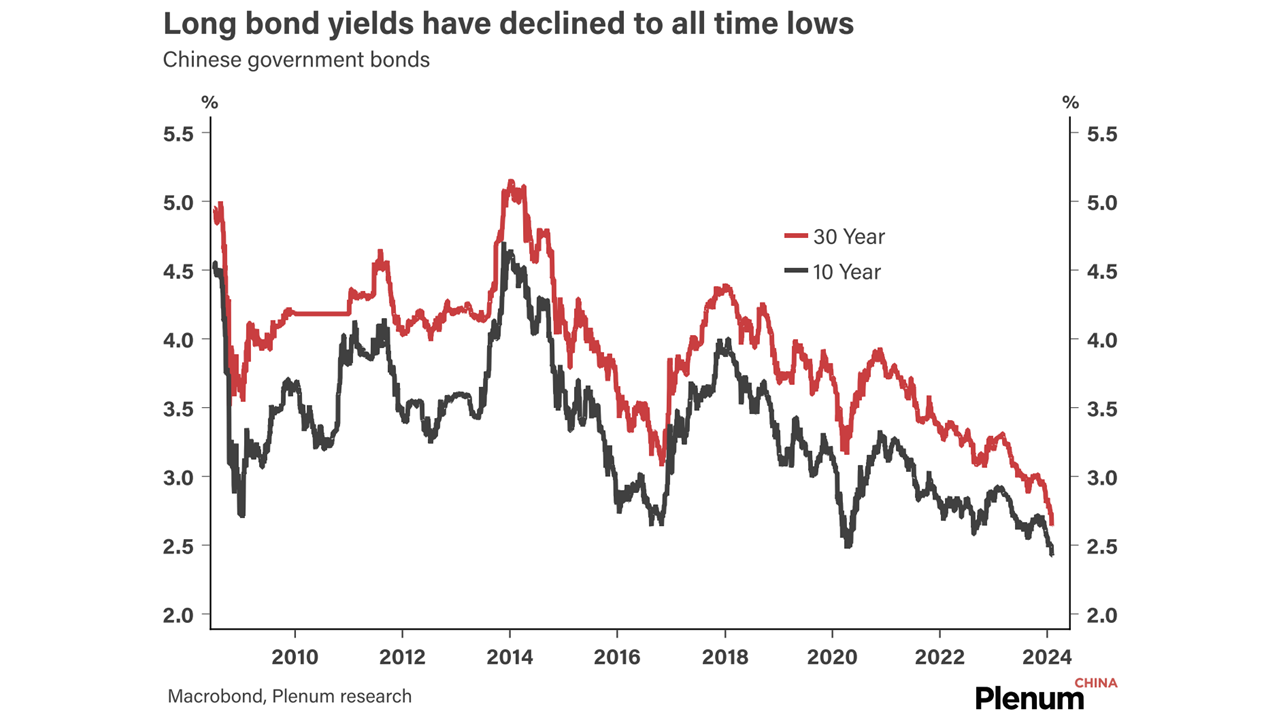
Long-term Chinese government bonds have been in a bull run, with yields falling to all-time lows as the stock market has tanked.
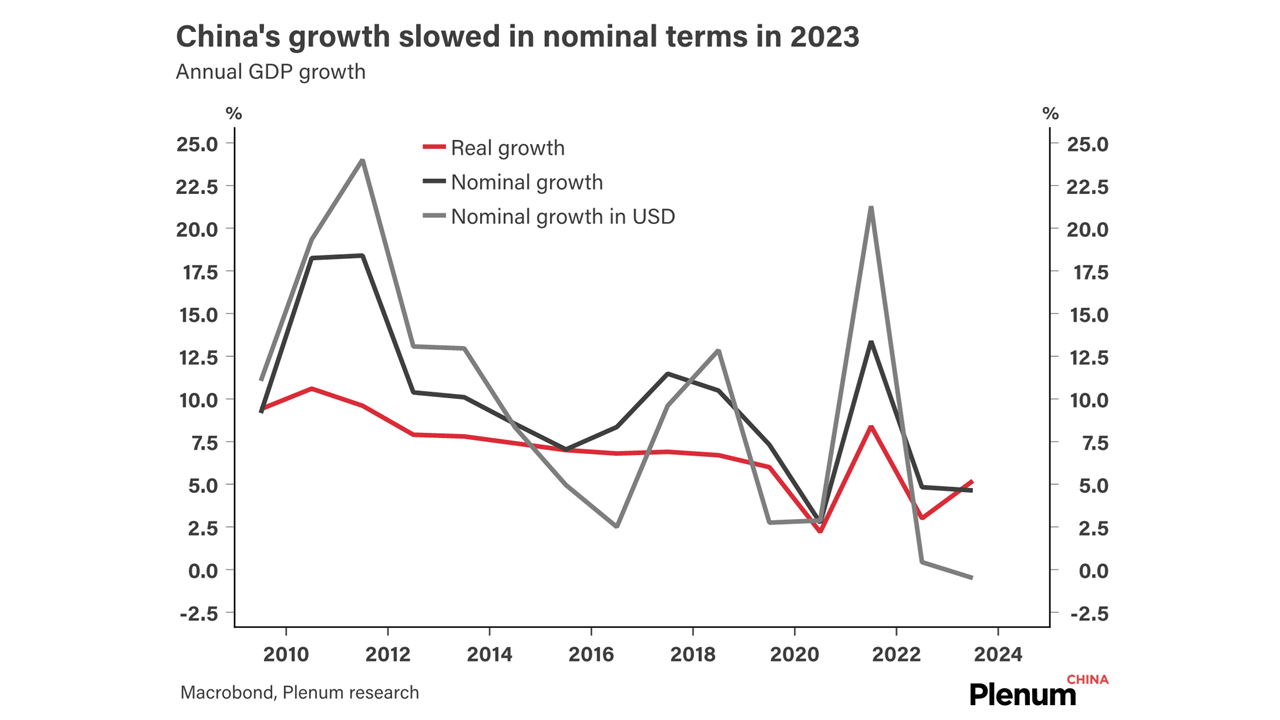
In this chartbook, we walk you through the latest developments in the Chinese economy and offer our outlook.
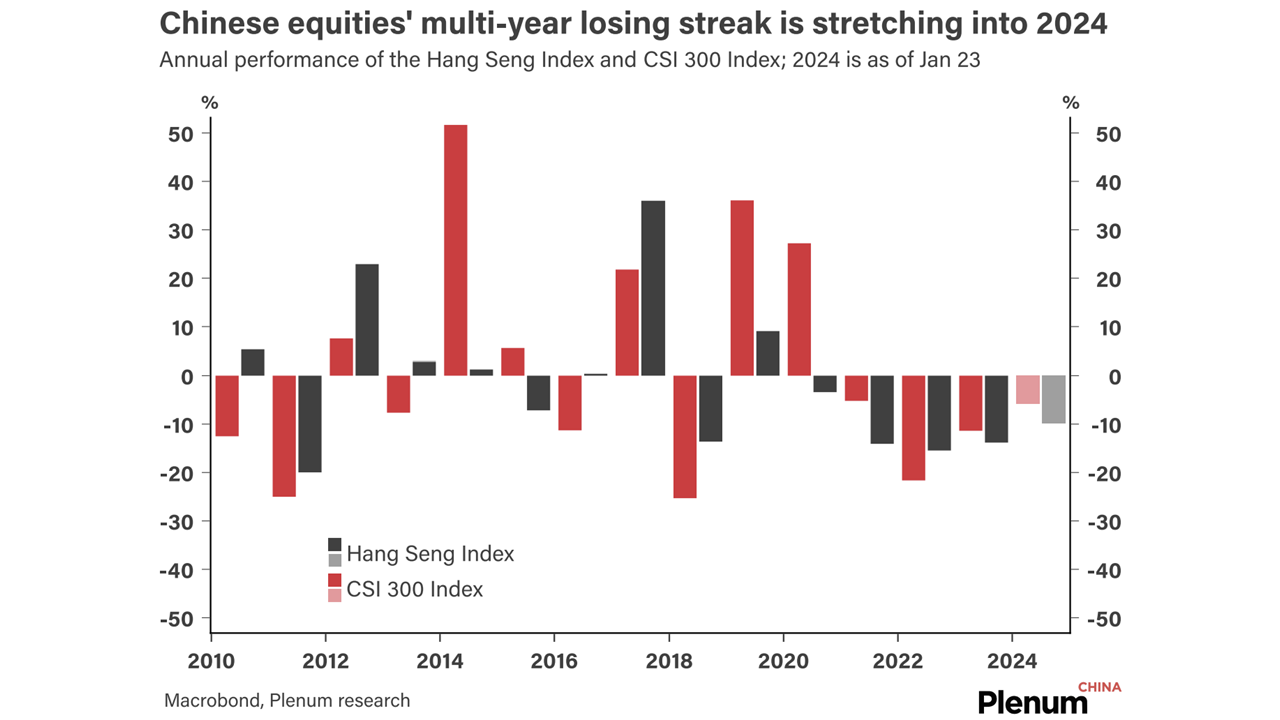
Beijing is reportedly considering more measures to boost the stock market, which has been tanking in the new year.
China’s economy met Beijing’s GDP growth target in 2023 but is facing persistent deflationary pressure.